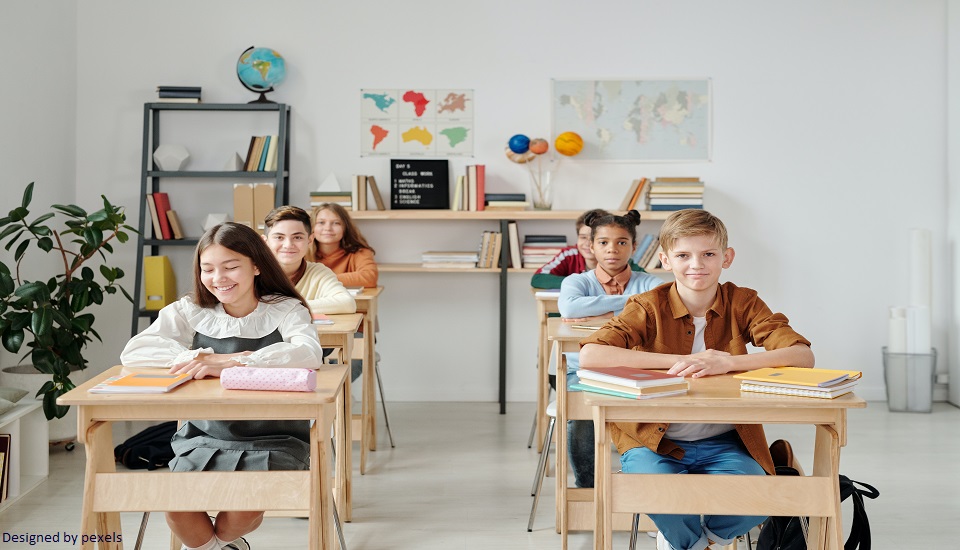Counselling Students With ADHD In The Classroom
23rd July 2021
ADHD is special needs ability with attention, impulse control, and hyperactivity issues that generally develops in childhood, but may remain undiagnosed until adolescence or adulthood. In a recent world survey, 6.1 million children (9.4 percent) have ever been diagnosed with ADHD till date. This includes 388,000 approx. young children aged 2-5 years (or 2.4 percent in this age group) 2.4 million school-age children aged 6-11 years (or 9.6 percent in this age group). ADHD is four times more likely to be diagnosed in boys than in girls.
Besides parents, during this stage, teachers are the most influential people in a student’s life. Hence, teachers trained with school counseling courses will find it easier to deal with these special kids as they receive adequate knowledge and skills to use the correct strategies to pacify these kids when things go not as planned and help them to become a better version of themselves, moving towards a better and more independent life.
Here are some strategies that teachers with counseling techniques can use to help ADHD children succeed at school.
Keep Expectations Consistent
Counseling children with ADHD suggests that action-oriented approaches are vital. Keep your classroom rules clear and concise. Regularly review and update them when necessary. Post your rules in the classroom where your students can easily read them.
For special needs children like those with ADHD, providing them with a card with the rules taped to their desk will them for any quick reference. Try to individually speak to your students who are struggling with time management and transitioning from one task or class to the next.
Self-esteem
Often experiences of rejection happen to be a barrier leading to self-esteem being a significant concern for children coping with ADHD. Maslow (1943) originally developed a theory of human motivation emphasizing the need for individuals to value themselves and to believe that others value them. Try to connect with your learners with ADHD and gain a better understanding of their needs. Positive interaction on a daily basis is a great therapeutic strategy to help build their confidence and self-esteem.
Close-knit classroom
The way to create a connected classroom is to spend time together, talk, interact and discuss. Do not disengage. You as a teacher need to catch the spirit of these special children. A close-knit classroom where every learner is valued gives a great sense of security to children especially those with ADHD.
Students with ADHD are susceptible to distractions, so you can put them away from sources of classroom disruption such as doors, windows, or rather forms of distractions like pencil sharpeners, unwarranted noise or visual stimuli like clutter, as much as you can.
Try seating him/her in the front of the class close to you.
Provide Frequent Feedback
Whether a child has ADHD or not, he will always benefit from frequent and immediate feedback about their behavior or misbehaviour.
Provide immediate praise for good behavior. If you find the child showcasing a negative behavior that is not disruptive, it's best to ignore it.
Reward Good Behavior
Try using rewards and incentives to motivate a student. To prevent monotony, change up the rewards frequently. It is proven that children with ADHD find physical activity to be beneficial and may be able to focus better after being outside or in games class. If you focus more on the rewards rather than punishment, it will help ensure that school continues to feel like a positive place for kids with ADHD.
Give Them a Break
One of the many problems that children with ADHD face is sitting still for long periods of time; hence it necessary that you provide them with frequent opportunities to move around.
Teachers with school counseling techniques know that it is best to give them with a physical break. This may include tasks like having them hand out or collect notebooks or other classroom materials, get some work done at the office, or erase the board; even something as simple as letting them go to use the restroom can provide a moment of activity.
Encourage Play
Play is any activity that engages a child’s imagination and makes him or her mentally active. You can include ‘play’ within your lessons, or during story telling sessions. You can ‘play’ at solving a math problem or during a language class.
Use Tools and Flexible Rules
Students with ADHD tend to be restless. While it is standard that students must sit in their seats during lessons in the classroom, a child with ADHD will be able to do his lessons better if they are allowed to stand up.
Conclusion
To plan a successful school strategy for a child with ADHD, teachers must strive towards creating a perfect harmony among academic instruction, behavioral interventions, and classroom accommodations. Implementing these strategies regularly can make a world of difference to a child with ADHD, as well as the whole classroom environment.
Written By : Anindita Das